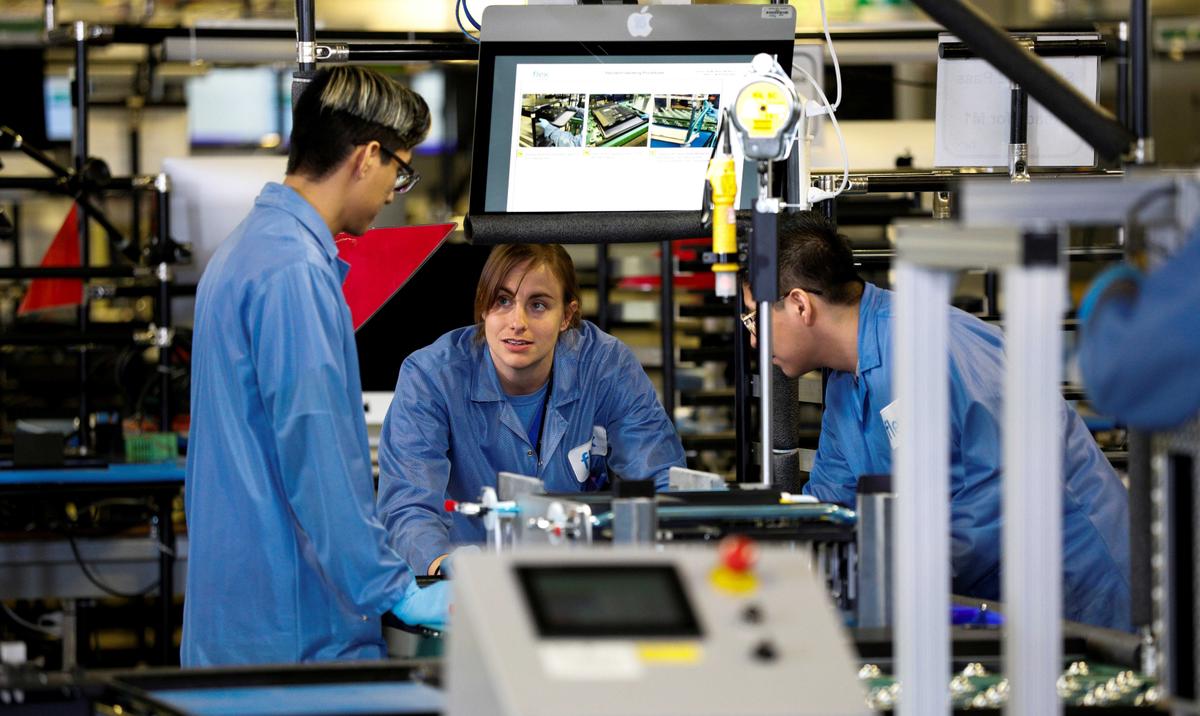Overall factory activity in the Lone Star state continued to expand at a solid pace in September, though there was softening in some specific manufacturing gauges along with a rise in reports of supply-chain problems, according to a Dallas Fed survey.
“The reading was well above average and indicative of solid output growth,” the Dallas Fed said in a statement, which noted mixed movement for other measures of manufacturing activity.
The shipments index edged up 3.5 points to 18.7 in September, the employment index rose 4.4 points to 26.3, and the capacity utilization index rose 2.8 points, the survey showed.
The demand indexes slipped over the month, however. The new orders index came in at 9.5 in September, down from 15.6 in August but slightly above the series average of 6.5. The growth rate of orders index fell eight points to 2.5 in September.
“We are much busier this month than last, and incoming orders at the moment are surprisingly robust,” said an executive from the printing and related support activities sector, according to the survey report.

Perceptions of broader business conditions were mixed in September, with the general business activity index falling 4.4 points in September, though it remained in positive territory at 4.6 percent. Readings above zero indicate expansion, while readings below that number show contraction. The company outlook index fell 14.3 points to a reading of negative 2.8 in September.
“We are seeing a slowdown in capital projects starting, and our requests for quotes have also slowed,” said an executive in the fabricated metal manufacturing sector.
“The tax increases contemplated in Congress create uncertainties for our business,” said another in the nonmetallic mineral product manufacturing sector.
The six months ahead manufacturing picture deteriorated from August to September, with the forward-looking headline production index falling 2.5 points to a still positive 41.8.
“I anticipate the economy to get even worse the next 18–20 months with taxes and inflation rising,” said an executive in the machinery manufacturing sector.
The future outlook for general business activity fell 3.6 points to 11.5 in September and the company outlook dropped 4.9 points to 12.7.
“We are still cautious regarding the next six months; there are numerous threats that have not gone away,” said an executive in the transportation equipment manufacturing sector.
“Inflation is here to stay,” said an executive in the primary metal manufacturing sector.
The September survey included a supplemental section on supply chain disruptions.
Asked whether they were currently experiencing supply-chain disruptions or delays, 64.5 percent of responding executives replied in the affirmative, up from 61 percent in June and 35.5 percent in February.
“We are having problems with most all materials due to long delivery times,” said a machinery manufacturing executive.
“We are experiencing severe increases in some raw-material prices and are unable to fill out some vacant positions, even at higher wages. This is putting tremendous strain both financially and operationally on the company,” a food manufacturing executive said.
While six-month forward expectations for prices paid for raw materials inched down by 0.4 points to a still-high 55.3, the lookahead prices received index climbed 4.8 points to a reading of 44.6. The expectation for businesses to raise their selling prices six months down the road suggests more upward pressure on the rate of consumer price inflation.






Friends Read Free